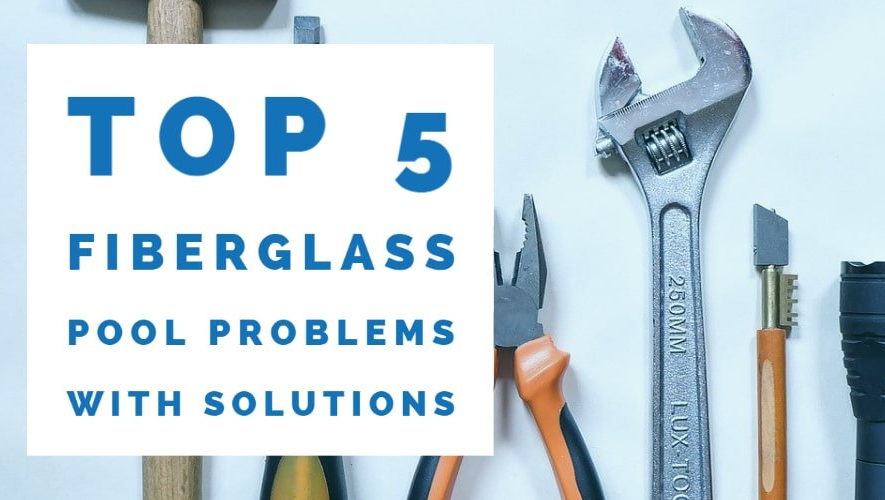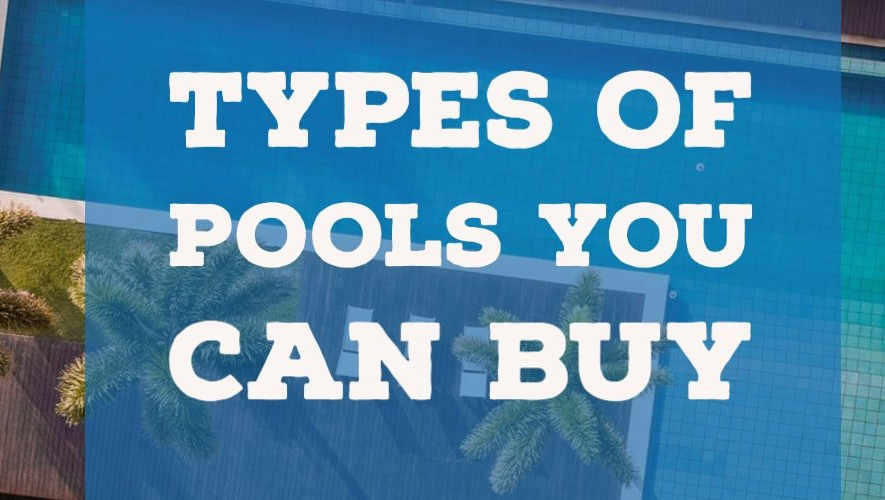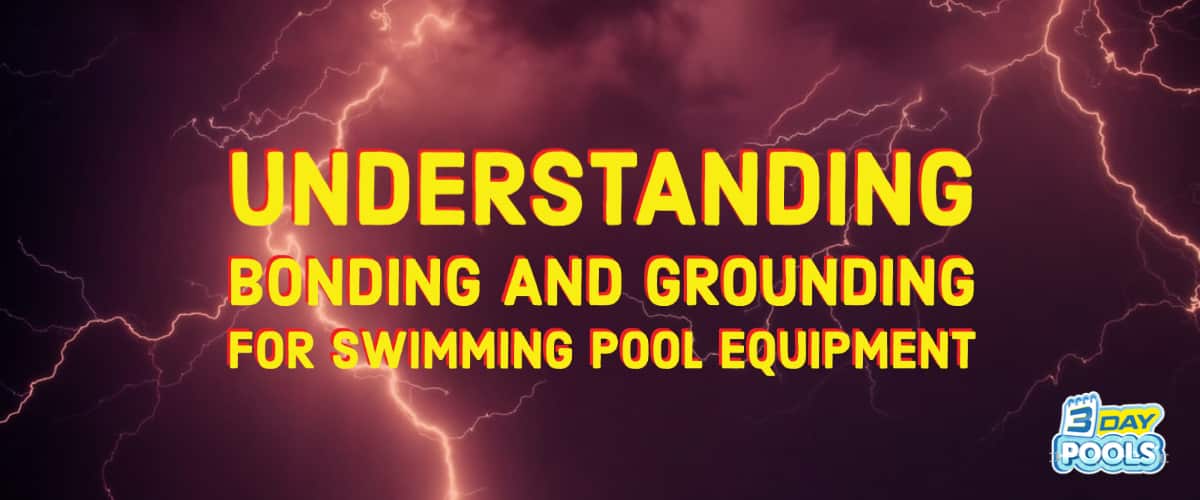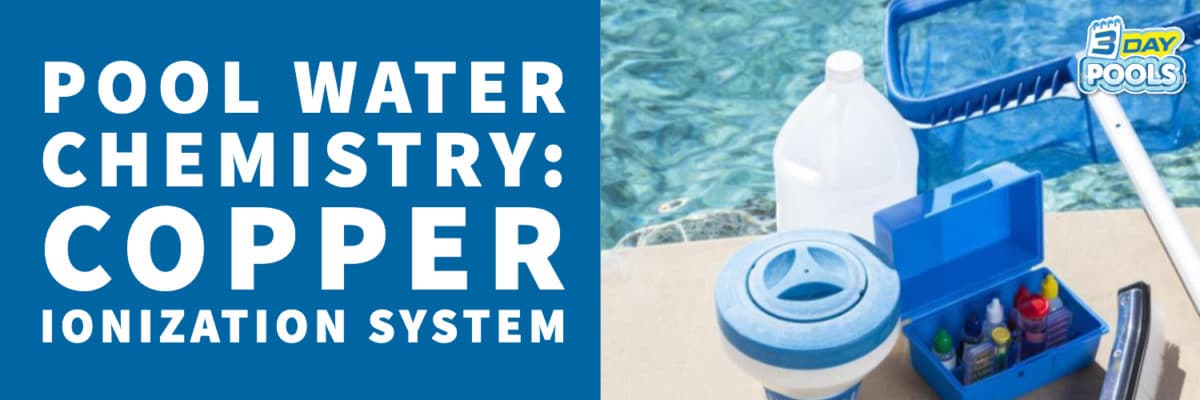416-268-4493

Fiberglass pools, the top five problems they pose and the solutions to fix them
If you’re considering purchasing a fiberglass pool, then you’ve probably been scouring the internet looking for just the right one. But in doing so, you’ve probably also seen some warnings on the problems they pose. But don’t let that deter you from that fiberglass pool that you already have your heart set on. We’re here to break down the top five problems that might occur with owning a fiberglass pool and we’re also going to give you the solutions to be able to rectify them quickly if you ever need to.
Repairs on Coloured Fiberglass Pools
Coloured fiberglass pools have gone from being a rare sight to the new normal in recent years with manufacturers offering varieties of colours beyond the baby blue marine coat and standard white.
The issue with their popularity is that when the coloured fiberglass pool needs repairs, it can prove difficult to match the colour finish on your pool to the factory finish.
Realistically, most fiberglass pools don’t need repairs within the first 20 to 40 years as it is.
That doesn’t mean that issues won’t arise. Sometimes something as small as a rock flying up and hitting the pool during shipping and other times just a structural crack. Yes, these are rare occurrence’s, but they do happen.
There are actually two solutions when issues of this nature show up.
The first is applying a solid surface finish. Some colours are applied through multiple layers that overlap one another to get the look you want. But when it comes to a field repair with the multi-layered finishes, it’s not easy to match the factory look. It’s virtually impossible to duplicate the manufacturing process.
On the other hand, a solid surface finish is applied only once leading to field repairs of fiberglass pool gelcoat to be a lot less daunting. These repairs are a much closer match to the factory finish. If this is something important to you when purchasing your pool, you can always research manufacturers before hand to see if their coloured finish is a solid surface or multi-layered finish.
The other solution is hiring a well-trained repair technician. It goes without saying that there’s no guarantee that the repair will be perfect. In fact, most of them are noticeable if you really look for them. But in hiring a professional will make the difference between an obvious patch and a simple, barely visible cosmetic detail.
Spider Cracks in Gelcoat
Gelcoat spider cracks are both a blessing and a curse. They are barely noticeable, even in an empty pool which is great. But because they are tough to spot, they can develop over time without you taking notice.
Spider cracks are pretty harmless overall. They’re just hairline cracks that occur in the surface layer or the gelcoat of a fiberglass product. Don’t worry though, they’re not structural in nature which means the crack is normally in the thin layer of gelcoat and doesn’t typically move into the structural laminate layers.
Usually, they’re isolated to one small specific area of the pool. They’re called spider cracks due to how the cracks form in how they begin in the center point and extend out like spokes on a wheel.
Gelcoat spider cracks are a result of pressure on any given point of the pool shell that is exceeding the gelcoat’s ability to flex. This can be due to improper shipping, improper manufacturing or improper installation.
Realistically though, the most common is installation. It’s as simple as human error leading to gelcoat cracks. This usually occurs when the installer is attempting to level the pool shell.
A lot of the time, fiberglass pool installers have to attempt to level a pool shell that’s 2-3” off level despite the efforts to modify the base that the pool actually rests on. The installers can lift and tweak the pool shell until it’s within range, but in doing so, exerts a tremendous amount of pressure on the pool and can sometimes result in gelcoat cracks. Sometimes they sprout right away and other times they develop over time.
There does happen to be a simple solution to this. Look for a manufacturer that not only produces level pools, but applies the gel coat at the right thickness. You can also hire a reputable contractor to level the pool properly and install it with care. It also doesn’t hurt to contact existing customers of both the contractor and pool manufacturer that you’re looking at. I know that sounds a bit weird, but speaking with customers (especially those that have had their pool for at least five years) helps to ease the worry and instill a bit more faith in your decision on who to hire.
Pool Walls Bulging
This might sound like an issue that should be at the forefront of what you have to worry about when purchasing and installing a pool, but protruding pool walls are not as common as you think.
After much inspection and scrutiny over the installation process, it was found that the problem stemmed from the backfill material that was being used. Which is most commonly, sand.
Thousands of fiberglass pools are installed with sand backfill that go without incident. But sometimes when certain circumstances align, fiberglass pools will begin to bulge.
Normally, using sand as a backfill wouldn’t be much of an issue. But when sand gets wet it liquifies.
Fiberglass pools are known for their flexibility and are structurally engineered to remain full of water with the outward pressure of the water working in conjunction with the structure of the pool to stabilize it. But when the sand liquifies, it becomes heavier than the water on the inside of the pool. So, if the wall is not strong enough to maintain its shape, then at that point a bulge will begin to develop.
Usually high-water tables and soils that hold water both can lead to situations where a significant amount of water surrounds the pool structure and saturates the backfill material.
But this doesn’t mean that fiberglass pools aren’t suitable for installations with high water tables or certain soils. You just need to make sure that your pool is strong enough to prevent bulges and eliminate the sand backfill by using gravel. The reason being is that when gravel gets saturated with water, its properties don’t change. It performs the same, wet or dry. And the point on point friction that occurs between the pieces of gravel make it extremely stable material for the sides of the pool. Unlike sand that needs to be placed in lifts and compacted with water, gravel compacts upon placement. It is the only insurance against wall bulges in any situation with any pool.
Fading and Discolouration
Yes, this is another gelcoat related concern. But the reason fiberglass pools have these issues are because we care so much about the aesthetic of our pools.
If you are considering buying a fiberglass pool, then fading and discolouring shouldn’t be a problem for you as long as the pool manufacturer does their part in following the best manufacturing practices and you do your part by properly maintaining your pool water chemistry.
You can do this by making sure the manufacturer is using Cross-Lynx Composite technology. It’s a unique approach to fiberglass pool production, but it is what your pool needs to prevent fading and discolouration. Between that and you doing your part, your fiberglass pool will keep its colour for a long time to come.
Plumbing Settling Causes Leaks
If you find yourself wondering ‘why would the plumbing settle?’ it’s a fair question.
The plumbing itself doesn’t settle. Usually it’s the backfill material around the fiberglass pool that settles and ends up taking the plumbing with it. I know, it’s the sand vs gravel debate once again. But that’s okay because it’s a topic that needs more discussion.
When it comes to compacting sand around a fiberglass pool during installation, the process can prove to be tedious and difficult because despite the installers best efforts to saturate the sand with water, it still settles over time. Don’t forget, the plumbing is encased in the sand, so when it settles it exerts downward pressure on the plumbing of the actual swimming pool. Most installers will tie their pluming up to hold it in place, but that’s still a lot of pressure. This leads to settled plumbing manifesting itself in the only way it knows how, leaks.
The solution is quite simple and you’ve probably already guessed it. That’s right, using gravel backfill that doesn’t settle. If the backfill doesn’t move then that means the plumbing isn’t moving either.
Now that you know a lot more about fiberglass pools, the issues that may arise and the solutions to fix them, you can go about finding your dream pool. It also doesn’t hurt to find the right manufacturer and contractor to help you along the way. The right ones will make the journey of purchasing a fiberglass pool quite a successful one.
OUR RELATED SWIMMING POOL TOPICS
Pool & landscape products specifications are believed to be accurate at the time of original publication.
Viewers should verify specifications & installation requirements with the installing dealer or manufacture’s manual rather than relying on information on this website, which is not intended to be a final specification.






